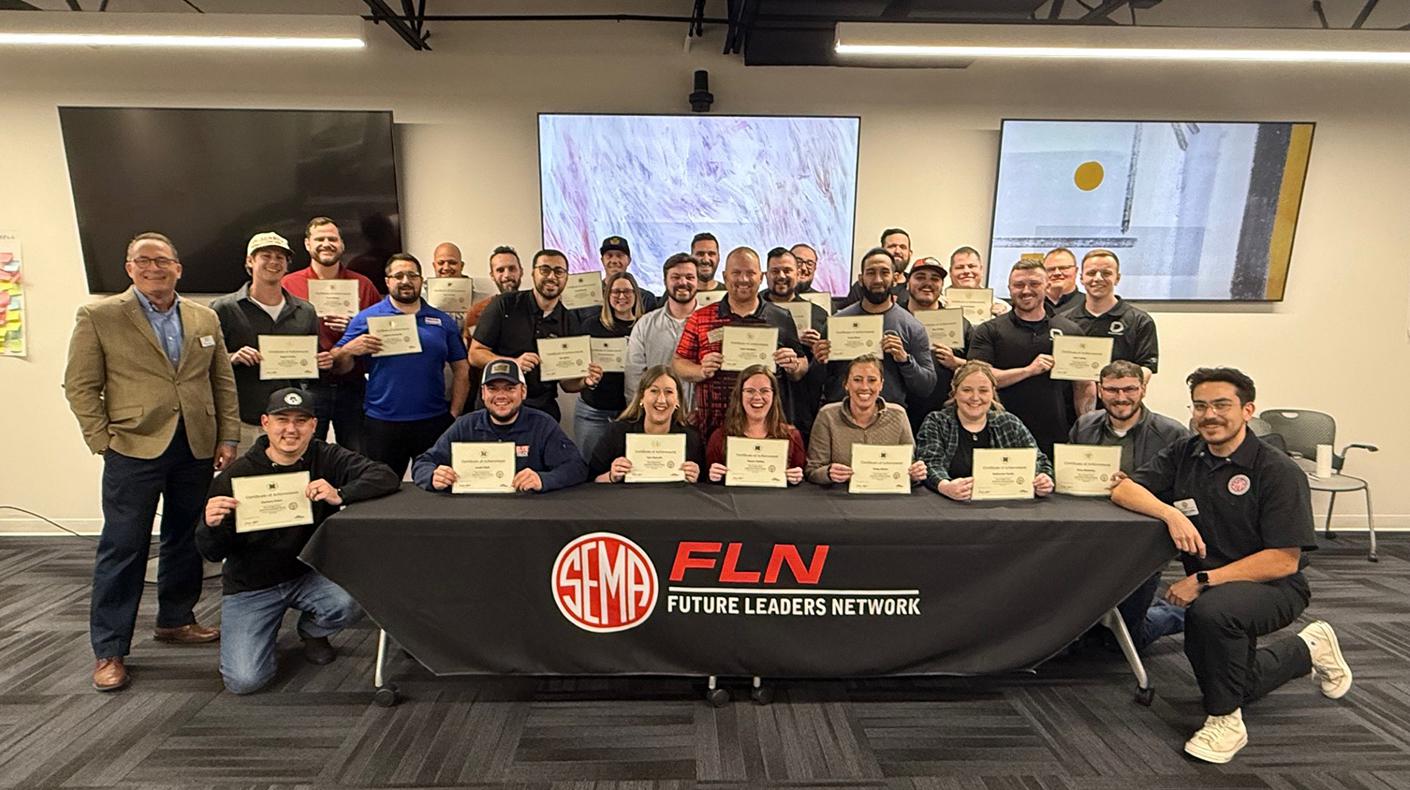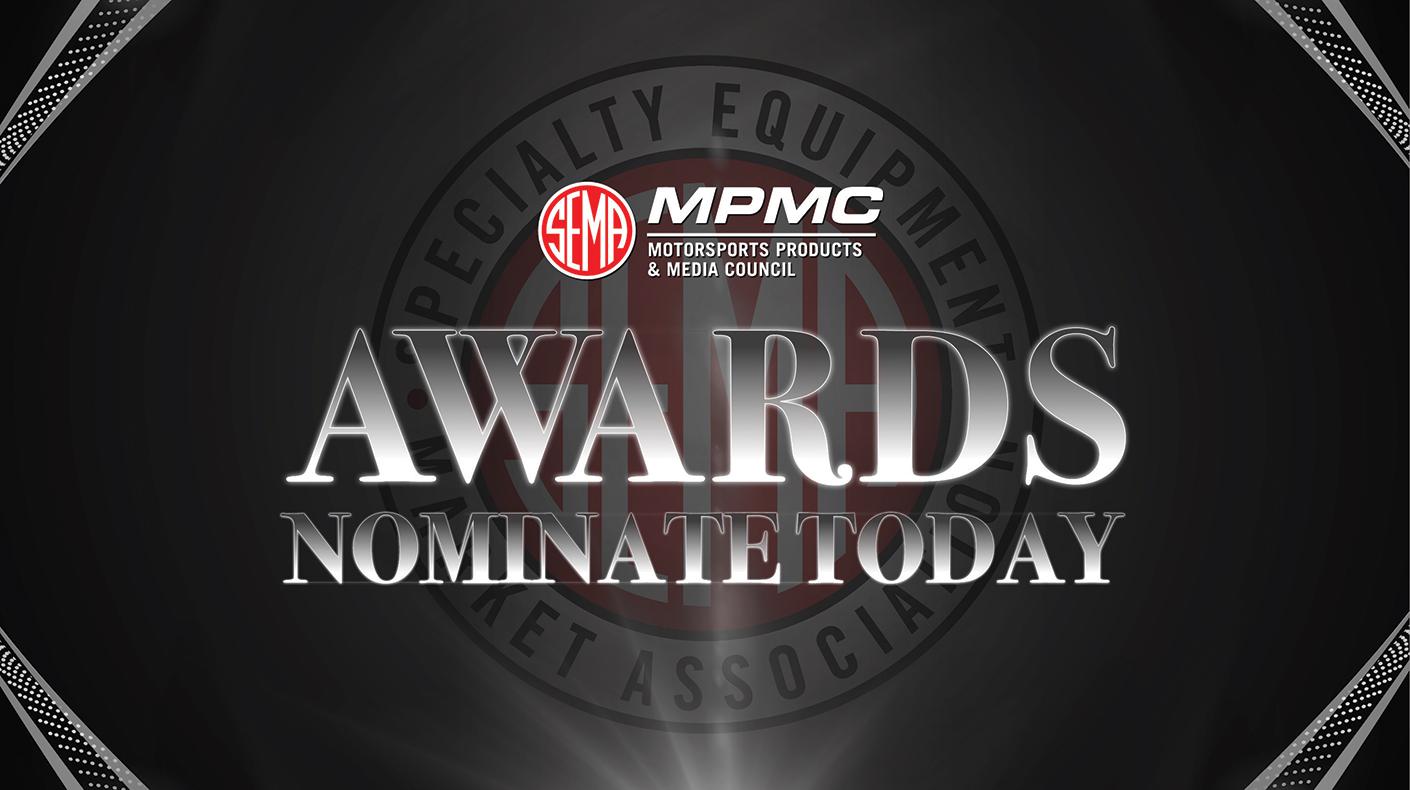 |
| Nearly 1.2 million electric vehicles have been sold between 2005 and the first part of 2009. |
 |
| One SEMA member company, AC Propulsion, is converting gasoline powered production vehicles to electric powered. |
 |
| Seen here, AC Propulsion tests their electric car components among other vehicles at an inaugural alternative fuel vehicle race. |
Is your company ready for the electric car? Ready or not, electric cars are poised to take the automotive market by storm. CAFE, stimulus bill tax credits, rising fuel costs and climate change fears are all converging to push car companies and consumers alike toward electric cars.
Expect to see at least 20 new electric vehicles introduced during the next four years alone. The auto industry's goal is to have 1 million plug-in vehicles on U.S. roads by 2015.
Think that is impossible? Consider then that there have been more than a million hybrid electric vehicles sold in the U.S. in the last four years (and notice that sales have not dropped off as other new vehicle sales have).
“Electric drive will increasingly power the future of transportation,” says Brian Wynne, President of the Electric Drive Transportation Association (EDTA). “Consumers and lawmakers are demanding solutions that will strengthen our economy, reduce oil imports and emissions, and increase our energy security.”
Stimulated by incentives, manufacturers are racing to turn plug-in electric vehicles into reality and be the first to quench thirsty eco-drivers. They include the Norwegian Th!nk, Toyota Prius PHEV, BMW's MINI E, Chevrolet Volt, Fisker Karma, GM's Opel Ampera, Mitsubishi i MiEV, a Nissan electric, Tesla Roadster, Pininfarina Bluecar and the ZENN.
Some of these are already available in the U.S. Most others have set a 2011 deadline.
As far as infrastructure is concerned, start-up Better Place plans to build plug-in stations, buy electric batteries and offer mileage plans to car owners, similar to minutes for cellphone users.
The scenario is typically like this: As electric cars continue to gain momentum, Pininfarina and Bollore’s electric Bluecar is finally being released in Europe. Able to go 100 kilometers for about the cost of $1, the 50 kW (68hp) motor can take passengers up to 250 km (155 miles) on a single charge.
Planned production rates are for 10,000 cars in 2010, double that in 2011, and 30,000 in 2012.
The car will first be available in six European countries: France, Italy, Germany, United Kingdom, Spain and Switzerland. U.S. and Asian drivers will have to wait a little longer.
Part of the car’s hood is covered with high-performance solar panels which help power some of its equipment. Consistent with an ecologically responsible overall approach, all the materials employed for construction, the battery and interior trim have been carefully selected for their low environmental impact and are recyclable or reusable.
The Bolloré group is also looking into the design of photovoltaic cell panels to be installed in private or public places to allow partial or total recharging of the batteries through solar energy alone.
What this means to business:
- No longer mutually exclusive, cost- and eco-conscious consumers are looking for new ways to get around.
- Cutting-edge greenies finally have an opportunity to ditch the hybrid for a more purist approach.
- Evolutionaries like the problem-solving skills and pioneering spirit of companies that build roads through new territory. These early adopters will follow a charismatic industry leader into the new world.
- Talk is cheap. Fixing our oil dependence and the environment is not. Action attracts Evolutionaries like a magnet.
How will this affect the automotive specialty-equipment industry? Existing firms in the industry will have a number of options, which include, but are not limited to:
- Continue to produce, sell and install products for gasoline-powered vehicles
- Develop accessories and performance parts for electric vehicles
- Develop conversion kits and products for transforming gasoline-powered vehicles to electric
The U.S. fleet will not become electric-drive overnight. It will take time, but the momentum is building and the tipping point is fast approaching, so automotive specialty-product industry firms need to be thinking about how they will respond.
Think back to the '30s and the early days of our industry. It was all about making cars go faster, taking production vehicles and making them better. Then it was all about flat-head engines, which over time evolved to V8s. Here we go again! Now the cycle is about to repeat itself, this time with an electric engine at the core. It will be exciting seeing the automotive performance parts and accessories industry go to work on electric vehicles, but I must admit I will personally miss the sound of a well-tuned internal combustion engine through a throaty exhaust. —Jim Spoonhower





